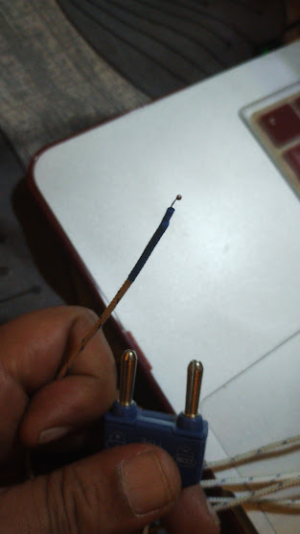I think it has to be seen in the context of the construction of the surfaces on which the speakers will rest. A floor constructed with wooden joists and plywood surface will behave significantly different from a floor with poured concrete base, as will the floor of a basement vs a floor of a high rise apartment. And then what is the floor treatment on top of the sub floor - deep pile carpet, tiles, granite etc etc. At the end of the day, it will boil down to experimentation and there can be no definitive answer - and certainly buying thousands of $'s worth of isolating/coupling devices - which seems to have become the fashion now-a-days with dubious scientific/auditory claims - is no guarantee of a solution.Can we then safely conclude that the “coupled/decouoled” argument is a false dichotomy (as with many other absolute extreme expressions)?
The bottom of any speaker has to rest on something or other thanks to gravity.
Spikes, footers or whole base directly resting on floor or carpet etc all reflect the degree to which the coupling happens.
There can be no absolute decoupling unless “Maglev” tech is used (as in some bonkers turntable setups).
Cheers,
Sid
Last edited:


